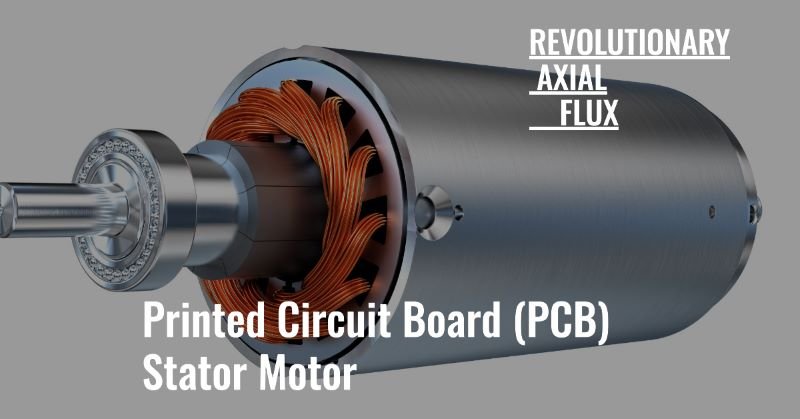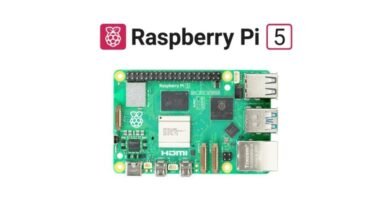Know More About Photoelectric Sensor
Overview of the photoelectric sensor
Photoelectric sensor is a device that uses photoelectric effect to convert light signals into electrical signals. Its working principle includes three processes: light irradiation, photoelectric conversion and signal processing:
Light irradiation: the photoelectric sensor is irradiated on its surface by a light source (e.g. LED or laser).
Photoelectric conversion: The light reacts photoelectrically with the sensor material to produce an electrical signal. This conversion process involves the interaction of photons and electrons, in which the energy of the photons is absorbed by the electrons, resulting in a change of electronic state.
Signal Processing: The generated electrical signal is processed through a circuit to obtain the desired output signal. Signal processing may include steps such as amplification, filtering, and digitization for different applications.

Structure and detection process
Structure of the photoelectric sensor
Light source: provides the desired light signal, which can be an LED, laser diode or other type of light emitting device.
Photosensitive element: responsible for detecting the light signal and converting it into an electrical signal. Common photosensitive elements include photodiodes, phototransistors, and photoresistors.
Optical pathways: include components such as lenses, optical fibers, etc., which are used to direct and focus light.
Signal Processing Circuit: Processes the electrical signal generated by the photosensitive element, such as amplification, filtering, analog-to-digital conversion, etc.
Output interface: output the processed signals to other electronic devices or control systems, common output forms are analog signals, digital signals, pulse signals and so on.
Photoelectric sensor detection process
Photoelectric effect: It is the basis for photosensitive elements to convert light signals.. The external photoelectric effect involves the photon energy is enough to make the electron escape from the surface of the material, while the internal photoelectric effect involves the photon energy leads to a change in the state of the electron inside the material.

Signal amplification: Since the electrical signals generated by photosensitive elements are usually weak, they need to be amplified by operational or other amplifiers for subsequent processing.
Filtering and modulation: In order to improve the signal-to-noise ratio of the signal, filters are usually added to the signal processing circuit to remove noise and interference. In addition, signal quality can be improved by modulation techniques.
Analog-to-digital conversion: For analog signals, it may be necessary to convert them to digital signals by means of an analog-to-digital converter (ADC) to facilitate processing and analysis in digital systems.
Types of Photoelectric Sensors
1. Slot photoelectric sensors
The slot photoelectric sensor is a slot-shaped photoelectric sensor that is composed of a light emitter and a receiver mounted face to face on both sides of a slot. The emitter can emit infrared light or visible light, and the light receiver can receive light without obstruction. However, when the object to be detected passes through the slot, the light is blocked, and the photoelectric switch is activated to output a switch control signal. The load current is cut off or connected, thus completing a control action. Due to the influence of its own structure, the detection distance is small, only a few centimeters.
2. Opposite-type photoelectric sensors
By a light emitter and a light collector photoelectric switch is a counter-reflective photoelectric switch. Its monitoring range ranges from several meters to tens of meters. The use of light emitters and transceivers were installed in the detection of the object through the path on both sides, the detection of the object through the blocking of the light path, the transceiver will output a switch control signal.
3. Reflector type photoelectric switch
The light emitter and light receiver into the same device, in front of it to install a reflector, the use of the principle of reflection to complete the photoelectric control is called reflector photoelectric switch. Under normal circumstances, the light emitted by the luminous emitter through the reflector reflected by the light receiver received, once the light path is detected by the object blocked, the photoelectric switch will output a switch control signal.
4. Diffusion reflective photoelectric switch
The diffuse reflection photoelectric switch consists of two parts: the emitter and the receiver. The emitter usually uses an infrared light source to emit a beam of light to illuminate the target object. The reflected light will be scattered around by the target object, and part of it will enter the receiver. The receiver will sense the change in the intensity of the light and convert it into an electrical signal for output.
When the target object exists, the light is scattered by the target object, and part of the light enters the receiver, and the receiver outputs a high-level signal. When the target object does not exist, the light is not scattered, the receiver cannot receive the reflected light, and outputs a low-level signal.

Application areas of photovoltaic technology
For smoke monitoring
The smoke alarm use a photoelectric sensor as a core component that can be used to measure the concentration of smoke. It consists of an infrared light-emitting diode and a phototransistor. When there is no smoke, the phototransistor does not receive infrared rays. When there is smoke entering into the sensing chamber, the smoke particles will scatter part of the light beam to the phototransistor. As the concentration of smoke increases, more and more light beams are scattered to the sensor, which triggers the beeping alarm.
For automated production
Photoelectric sensors can be used to detect the position, direction, and shape of parts, products, and assemblies, etc., and can be used to automate the movement of robot arms or conveyor belts to improve production efficiency.
For Agricultural Production
The light sensor for automated greenhouse systems utilize photoelectric technology to rationally control the length of light exposure for plants. Automatically control the opening and closing of shades to provide the best growing environment for plants.
For Laser Weapons
About laser weapons
Laser weapons are directed energy weapons that use directed laser beams to directly damage or disable targets. Low-energy laser weapons have been put into use, mainly used to interfere with and blind photoelectric sensors at close range, as well as to attack human eyes and some enhanced observation equipment. High-energy laser weapons mainly use chemical lasers and are used in tactical air defense, theater anti-missile and anti-satellite operations.
For automotive manufacturing
Backlight control for in-car entertainment/navigation/DVD systems so that the desired backlight brightness can be displayed in all ambient light conditions. This is critical for automotive applications that require full backlighting in all ambient light conditions.







